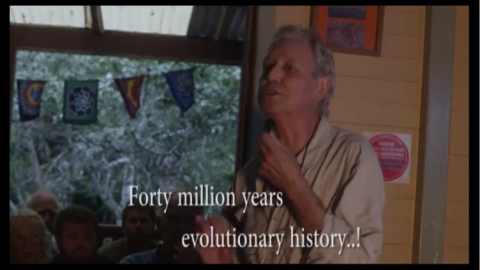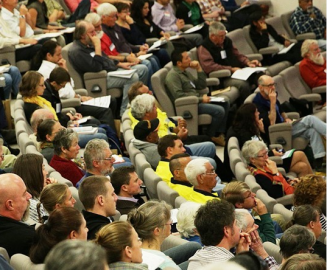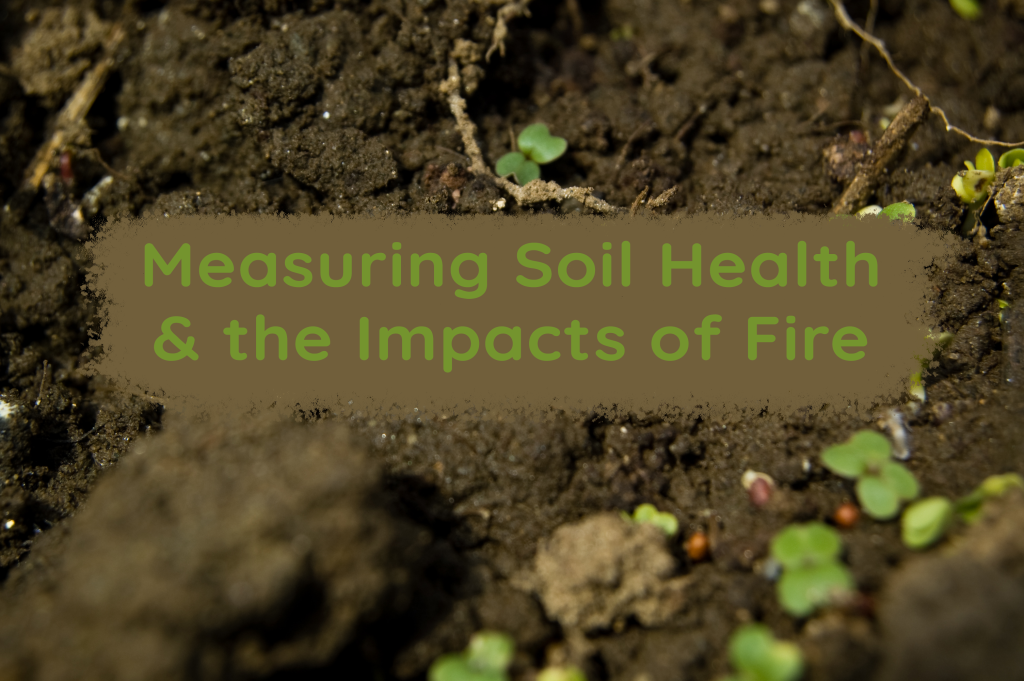Consortiums to improve integrated management
Background: At the recent Nature Conservation Council Bushfire Conference 2017 – Fire, Fauna & Ferals: from backyards to bush, as part of the conference program a panel discussion was held to consider ways to support increased collaboration between land managers and fire authorities to improve the integration of fire management with feral animal and weed control and assist the restoration of native ecosystems and species.
Several suggestions were put forward to progress policy, practice and research outcomes towards this end. These included advancing the formation of Consortiums or similar networks to encourage greater consistency and improved coordination in managing fire, weeds, ferals and natives.
About consortiums: Consortiums are networks of land managers and other stakeholders who seek a coordinated and landscape level approach to improve biodiversity related management outcomes across a specific area. They can be used to leverage funding by utilising the outcomes from existing works to initiate new projects. The area can be as small or as large as the stakeholders determine appropriate for the outcomes they are working towards.
Consortiums provide a forum to:
- exchange information between stakeholders and with other relevant networks;
- encourage a consistent landscape approach to management of specific issues across the Consortium area; and
- provide a collaborative approach to the identification, establishment and ongoing implementation of projects and on-ground activities.
To be effective Consortiums require stakeholders who are involved with one or more issues at a local level which could be better managed through collaboration with other stakeholders such as land and fire managers and other interest groups. They can only be successful if all stakeholders acknowledge that a Consortium is needed to develop partnerships between land management agencies, fire managers, local government, research institutions and other stakeholders to promote a consistent and coordinated approach to fire management for weeds and feral animal management across a specified area.
Current examples: In NSW consortiums that focus on fire and its interaction with biodiversity are currently operating in the Northern Rivers area and at Port Macquarie. The Northern Rivers Fire and Biodiversity Consortium was established in 2011 and has focused on a range of issues including: Eastern Bristlebird habitat restoration, Bell Miner associated dieback (BMAD), constraints to approval of ecological burns, isolated koala populations and Cultural burning. See their website for further details http://www.nrfabcon.org.au/. The Port Macquarie consortium formed in late 2016 and is focusing on koala and fire management.
How to express your interest: The Nature Conservation Council of NSW encourages the establishment of such Consortiums where it is apparent that links between fire and biodiversity issues occur and seeks expressions of interest from land managers and other stakeholders who consider a Consortium would provide beneficial outcomes.
If you are interested in establishing a Fire, Ferals and Weeds Consortium in your area, please email or call to discuss.










